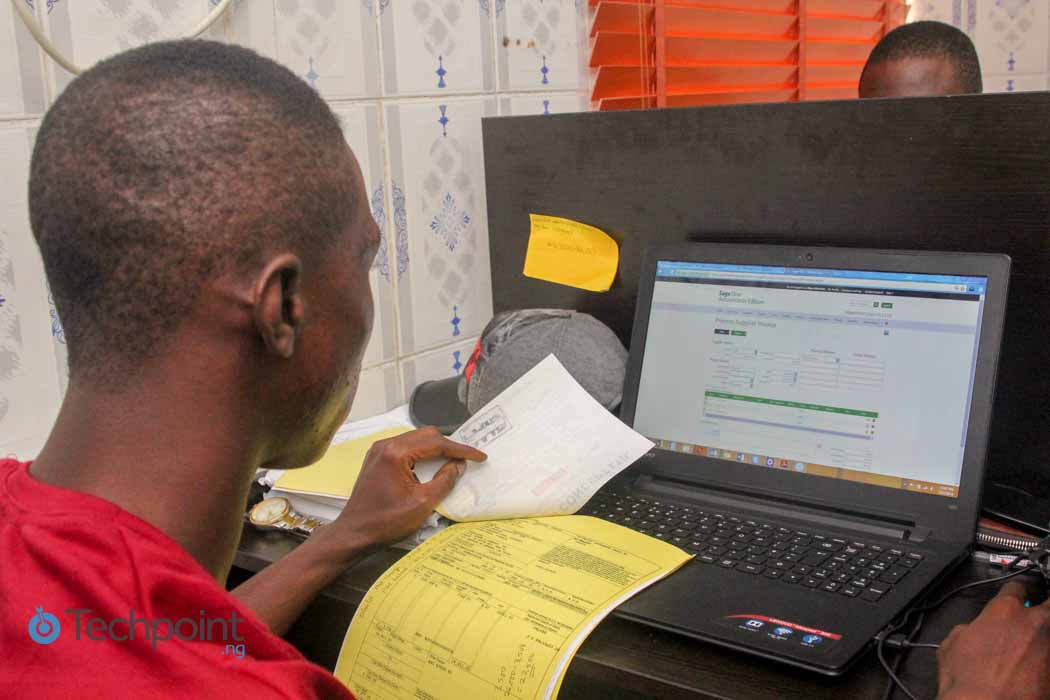When the founder of a startup shuts down her or his business, it's likely that these founders are reluctant to tell the rest of the world what went wrong. We have heard of startups fail in Nigeria. For those who have the audacity to write about it, you get to see long honest, and brave pieces explaining why they failed. Others point fingers or issue apologies.
Upon a closer scrutiny into why startups fail, it seems to be an act of negligence by the founders. And yes, at a superficial level, the primary reason businesses fail is that they simply run out of cash. Startups need to know "numbers" to be able to move swiftly without spending tons of cash to figure out their secret “sauce”. Using tools and methodologies such as Minimum Viable Products, Lean startup Model and experimentation is critical in company growth especially in this part of the world. This can be tracked through your finance.
Suggested Read: Why Nigerian startups fail
Depending on the type of business you have and what you are thinking of accomplishing with your business or you just want to understand your current business better, there are a few key financial items that you should definitely know.
Profit and loss Statement

A profit and loss statement is essentially an account of how your business made a profit (or incurred a loss) over a certain period of time. It essentially lists all your revenue streams and expenses—typically for a quarter or annually—and at the very bottom is the sum of the net profit or loss. A typical profit and loss statement should include:
- Your revenue (also called sales)
- Your expenditure (cost of good or service)
- Gross Margin
These three components are the backbone of your business model—how you make money.
Suggested Read: How to prepare a profit and loss (income) statement
You will also need to keep tabs on your operating expenses, which is the money used in running your business that is not incurred directly by making sales. They are fixed expenses that do not fluctuate depending on the strength or weakness of your revenue in a given month – think rent, utilities, don’t leave any expenses unaccounted for.
Gross Margin - Operating Expenses = Operating Income

Be the smartest in the room
Give it a try, you can unsubscribe anytime. Privacy Policy.
Cash Flow Statement
A cash flow statement elucidates how much cash your business has made, the amount paid out and the cash balance at the end of a month. This might sound like profit and loss but it is not. They are monies that are involved in your daily transaction which may be difficult to track. They do not affect your profit and loss statement, but they are explained in the cash flow statement.
Without a thorough understanding of how much cash you have, where your cash is coming from, where it’s headed, you may have a hard time running a healthy business. And without the cash flow statement, which lays that information to you and your investors, you’re not going to be able to raise funds.
Balance Sheet
Your balance sheet tells you how much you are making. How much cash do you have in the bank, how much do your customers owe you, and how much do you owe? The balance sheet must contain assets (accounts receivable, money in the bank, inventory), liabilities (accounts payable, credit card balances), and equity (for most startups it is just the founder's equity. It could also include investor’s shares)
Assets = Liabilities + Equity
Sales Forecast
The sales forecast is meant for new startuppers. It is your projection. An idea of what you will sell in a given time—mostly between a year and 5 years. If you are writing a business plan/pitch decks, it should contain a sales forecast. You should create a forecast that is consistent with the sales number you use in your profit and loss statement. In fact, if you want to be really specific, you might even break forecast down by product or service, with a separate line for every product or service you sell.
Break-Even analysis

Your break-even analysis is a calculation of how much you will need to raise in order to “break even” (how much you will need to make from sales in order to pay for all of your expenses). In determining your break-even point, you will need to figure out the contribution margin of what you are selling. Using this model, you will be able to discover how high your sales revenue needs to be in order for you to break even.
Suggested Read: How to Perform a Break-Even Analysis
Crunching your numbers might feel discouraging when you get started but it is essential. Even if you get an accountant, you –- the business owner -- should be able to read and understand these terms and make decisions based on what you derive from them moving forward.






















